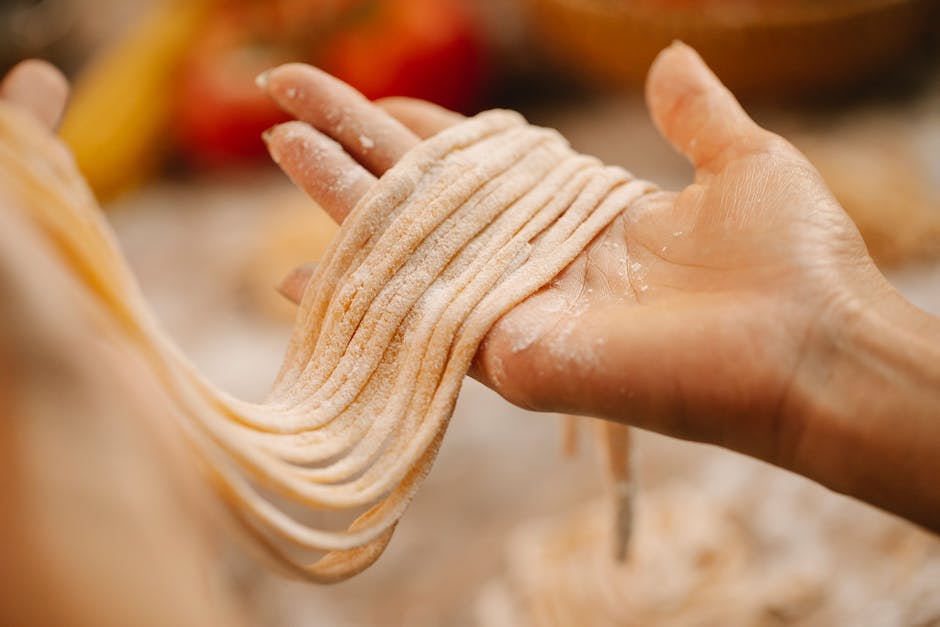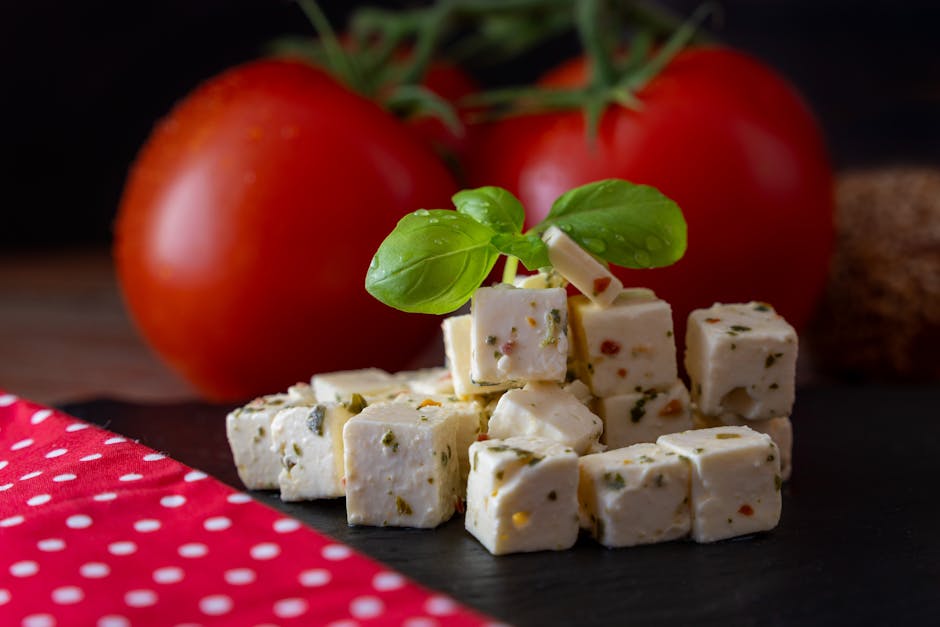How to Create a Zero-Waste Kitchen
Imagine a kitchen where everything you use has a purpose and nothing goes to waste. Sounds amazing, right? A zero-waste kitchen is not just a trend; it’s a lifestyle that helps our planet. By reducing waste, we can save resources and make a positive impact on the environment. So, how do you create a kitchen that produces zero waste? Lets dive in!
What is a Zero-Waste Kitchen?

A zero-waste kitchen aims to eliminate waste by rethinking how we shop, cook, and store food. Instead of tossing out food scraps and packaging, we find ways to minimize waste. This means using what we have and thinking creatively. it’s about being conscious of our choices and finding sustainable alternatives.
Why Is It Important?

Did you know that around 30-40% of the food supply in the U.S. goes to waste? that’s a staggering statistic! When we waste food, we waste the resources that went into producing it, like water and energy. A zero-waste kitchen can:
- Help save money on groceries.
- Reduce your carbon footprint.
- Encourage healthier cooking habits.
- Promote creativity in the kitchen.
How Can You Start Creating a Zero-Waste Kitchen?

Ready to transform your kitchen? Here are some simple steps to help you get started.
1. Rethink Your Shopping Habits

Your journey begins at the grocery store. Here are some tips:
- Make a list: Plan your meals for the week and stick to your list to avoid impulse buys.
- Buy in bulk: Purchase grains, nuts, and spices in bulk to reduce packaging waste.
- Choose local produce: Support local farmers and reduce the carbon footprint associated with transporting food.
- Bring your own bags: Use reusable bags for shopping to cut down on plastic waste.
By making these simple changes, you can reduce waste even before you get home.
2. Store Food Wisely
Proper food storage is key to minimizing waste. Heres how:
- Use glass containers: They are durable and reusable. Plus, you can see what you have!
- Label your food: Use a marker to date your food items, so you know what to eat first.
- Keep your fridge organized: Place older items at the front and newer ones at the back to use up what you already have.
When food is stored correctly, it stays fresh longer. This helps you avoid spoilage.
3. Get Creative with Leftovers
Leftovers don’t have to be boring. Here are some fun ways to use them:
- Make soups: Throw leftover veggies and grains into a pot for a hearty soup.
- Create new meals: Transform yesterday’s roast chicken into tacos or a salad.
- Freeze extras: If you can’t eat it all, freeze it for later. it’s great for busy days!
Think of leftovers as ingredients for your next meal rather than something to throw away.
4. Composting: What Is It and How to Do It?
Composting may sound complicated, but it’s quite simple! Composting is the process of turning organic waste into nutrient-rich soil. Heres how to start:
- Choose a container: You can buy a compost bin or use a simple container in your kitchen.
- Collect scraps: Save fruit peels, vegetable scraps, coffee grounds, and eggshells.
- Keep it balanced: Mix kitchen scraps with yard waste like leaves and grass clippings.
- Turn it regularly: Stir your compost to help it break down faster.
Composting not only reduces waste but also enriches your garden soil!
5. Say Goodbye to Disposables
Single-use items create a lot of waste. Here are alternatives:
- Use cloth napkins: Ditch paper towels for reusable cloth ones.
- Swap plastic wrap: Use beeswax wraps or glass containers instead.
- Invest in reusable utensils: Carry a set of utensils when you eat out.
By saying goodbye to disposables, you’re making a big impact on waste reduction.
6. Learn to Preserve Food
Preserving food is a fantastic way to enjoy seasonal produce year-round. Here are some methods:
- Canning: Seal fruits and vegetables in jars for long-term storage.
- Pickling: Add vinegar and spices to vegetables for tasty snacks.
- Freezing: Freeze fruits and veggies to maintain freshness.
These methods not only reduce waste but also enhance your culinary skills!
7. Use Every Part of the Food
Many parts of fruits and vegetables that we often throw away can be used. Here are some examples:
- Veggie scraps: Use them to make broth.
- Fruit peels: Add them to smoothies for extra nutrients.
- Herb stems: Blend them into pesto for added flavor.
By using every part of your food, you can minimize waste and get creative in the kitchen.
8. Educate Yourself and Others
Knowledge is power! Learn more about zero waste and share it with family and friends. Here are some resources:
- Zero Waste Home: A great website for tips and inspiration.
- Books: Check out Zero Waste Cooking for Dummies for practical advice.
- Social Media: Follow zero-waste influencers for daily tips.
The more you learn, the easier it becomes to live a zero-waste lifestyle.
What Are Some Common Misconceptions?
Many people think a zero-waste kitchen is too difficult or expensive. Here are some truths:
- it’s not all-or-nothing: Start small! Every little change counts.
- It can save money: Buying in bulk and reducing waste can help you spend less.
- it’s about creativity: You don’t need fancy tools to get started; just use what you have!
Remember, the goal is progress, not perfection!
How to Keep Going?
Transitioning to a zero-waste kitchen is a journey. Set realistic goals and celebrate your successes. Here are a few ideas:
- Start a challenge: Try a week of zero waste and see how it goes.
- Join a community: Connect with others who are on the same path.
- Track your progress: Keep a journal of your waste reduction efforts.
Staying motivated is key to maintaining your zero-waste kitchen!
Conclusion: Your Actionable Takeaways
Creating a zero-waste kitchen is not just about saving the planet; it’s about enjoying the process. By making small changes in how you shop, store, and cook, you can make a big difference.
Remember to:
- Plan your meals and shop wisely.
- Get creative with leftovers and food scraps.
- Educate yourself and share your journey.
Every step you take towards a zero-waste kitchen helps the environment. So, roll up your sleeves and start making a change today!

